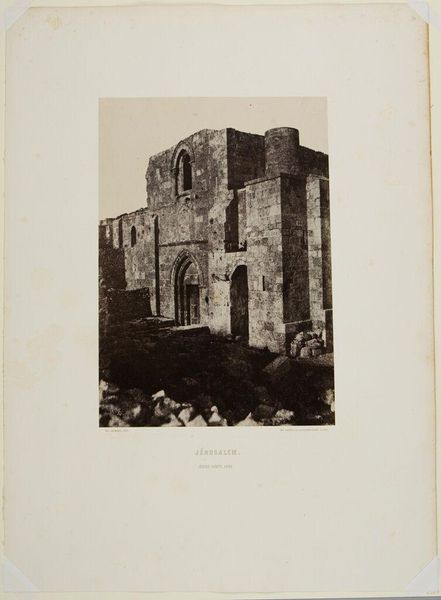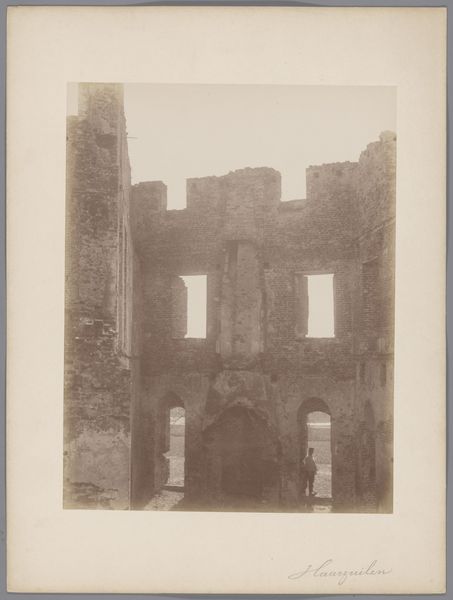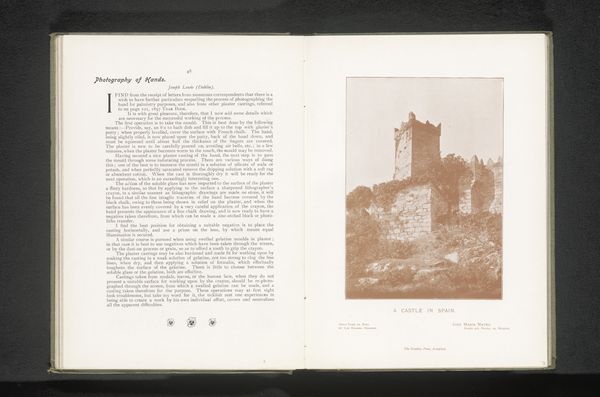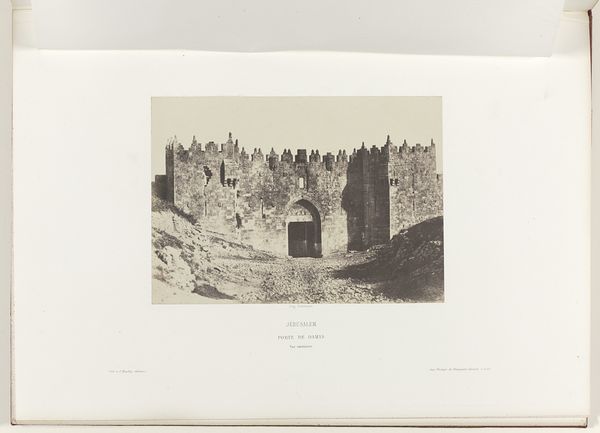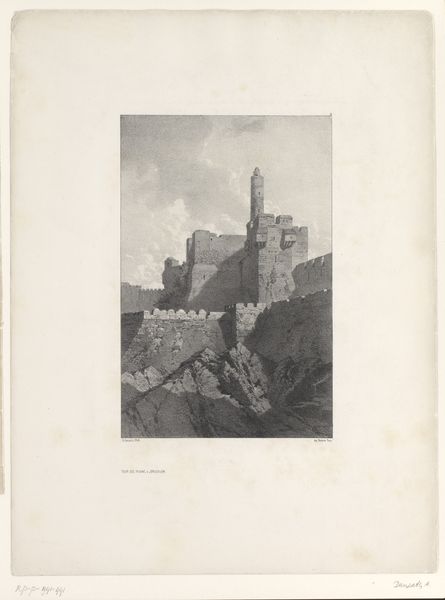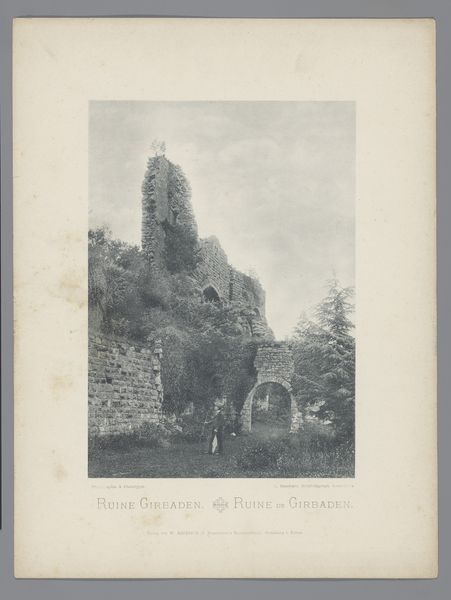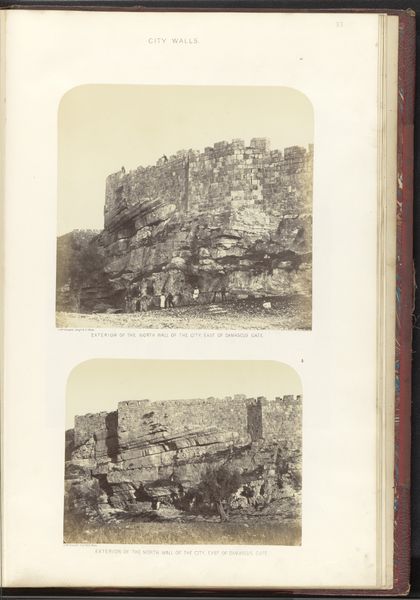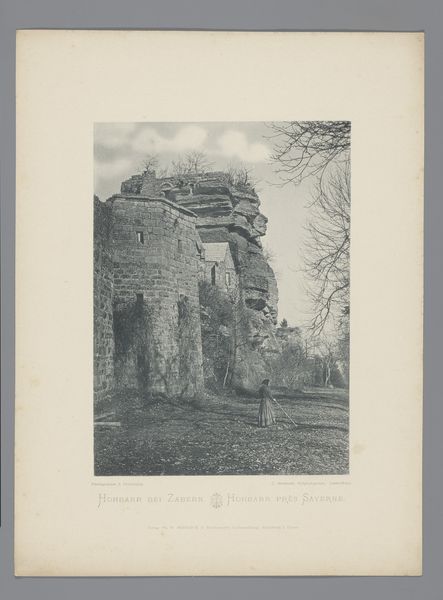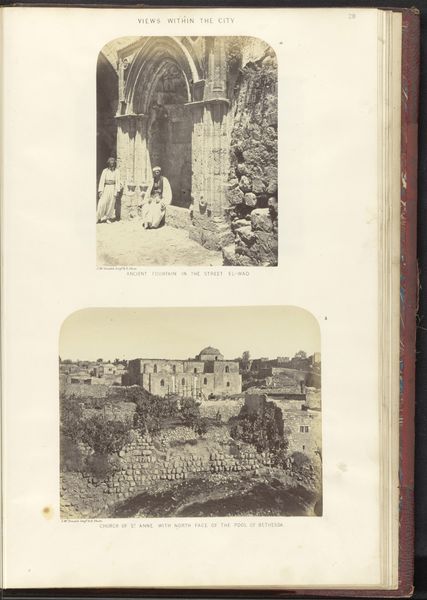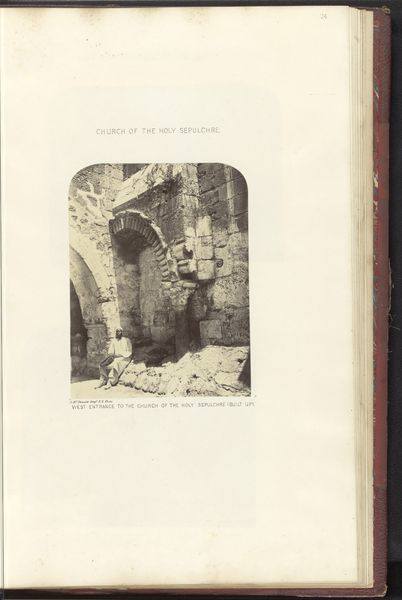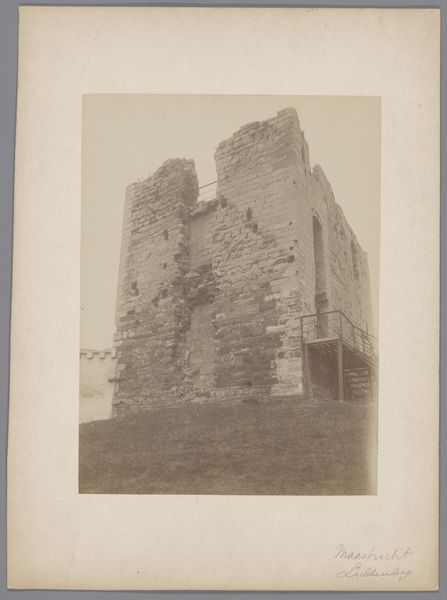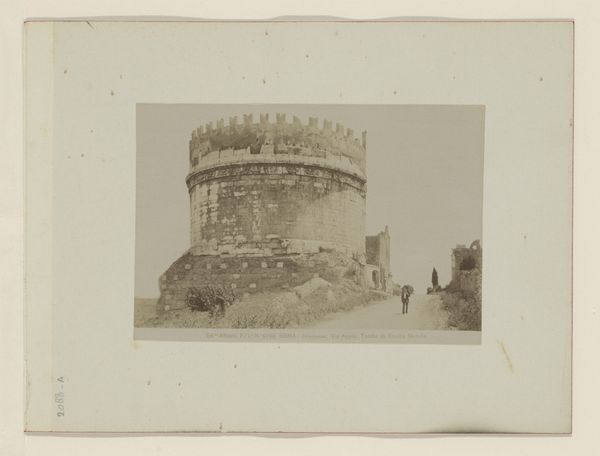
print, photography, site-specific
#
medieval
# print
#
landscape
#
photography
#
site-specific
#
realism
Dimensions: height 150 mm, width 112 mm
Copyright: Rijks Museum: Open Domain
Editor: So this is a print from 1876, called "Tower of a church in Halton-with-Aughton" by H.M. & Co Wright. It appears to be a photograph of a weathered church tower in a graveyard. It's striking how this seemingly simple photograph manages to evoke such a palpable sense of history and, I don't know, maybe even quiet desolation. What strikes you most about this image? Curator: I'm drawn to the interplay between the documentation and the deliberate composition. Photography in this period was still solidifying its place in representing the world. Consider the social role of representing these ancient structures, these sites laden with history. It isn't merely a factual recording. It is imbued with Victorian sensibilities regarding the past. Do you notice anything specific about how the church and graveyard are rendered? Editor: Well, the ivy climbing up the tower almost makes it seem reclaimed by nature, and the Celtic cross in the foreground adds a real weight of history to the scene. Were photographs like this intended for public consumption or more for historical record keeping? Curator: Both, actually! Consider the rise of antiquarianism at this time and public interest in preserving a record of architectural heritage, the "picturesque" decay, even. It was fuelled by both scholarly intent and popular sentiment. Photography provided relatively accessible and reproducible images for widespread dissemination. It became an integral part of heritage movements. Also think about the developing ideas about British national identity tied up with the physical remnants of past. Editor: That makes sense. It is fascinating how something we take for granted today played such a crucial role in shaping historical consciousness. Curator: Exactly. Photography has significantly shaped how the public views and engages with its past and is critical to thinking about political history of the era. It allows us to access spaces most of us would never see. Editor: I’ll definitely look at early photography differently from now on. Curator: Likewise; your observations about the image’s emotional weight gave me a new perspective.
Comments
No comments
Be the first to comment and join the conversation on the ultimate creative platform.
